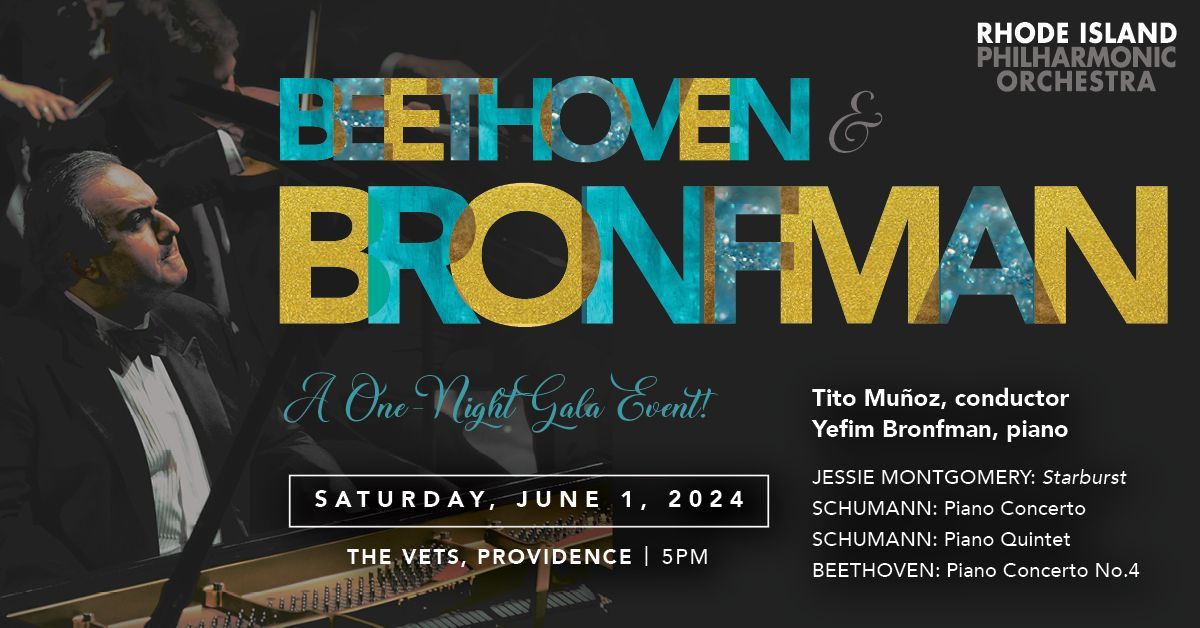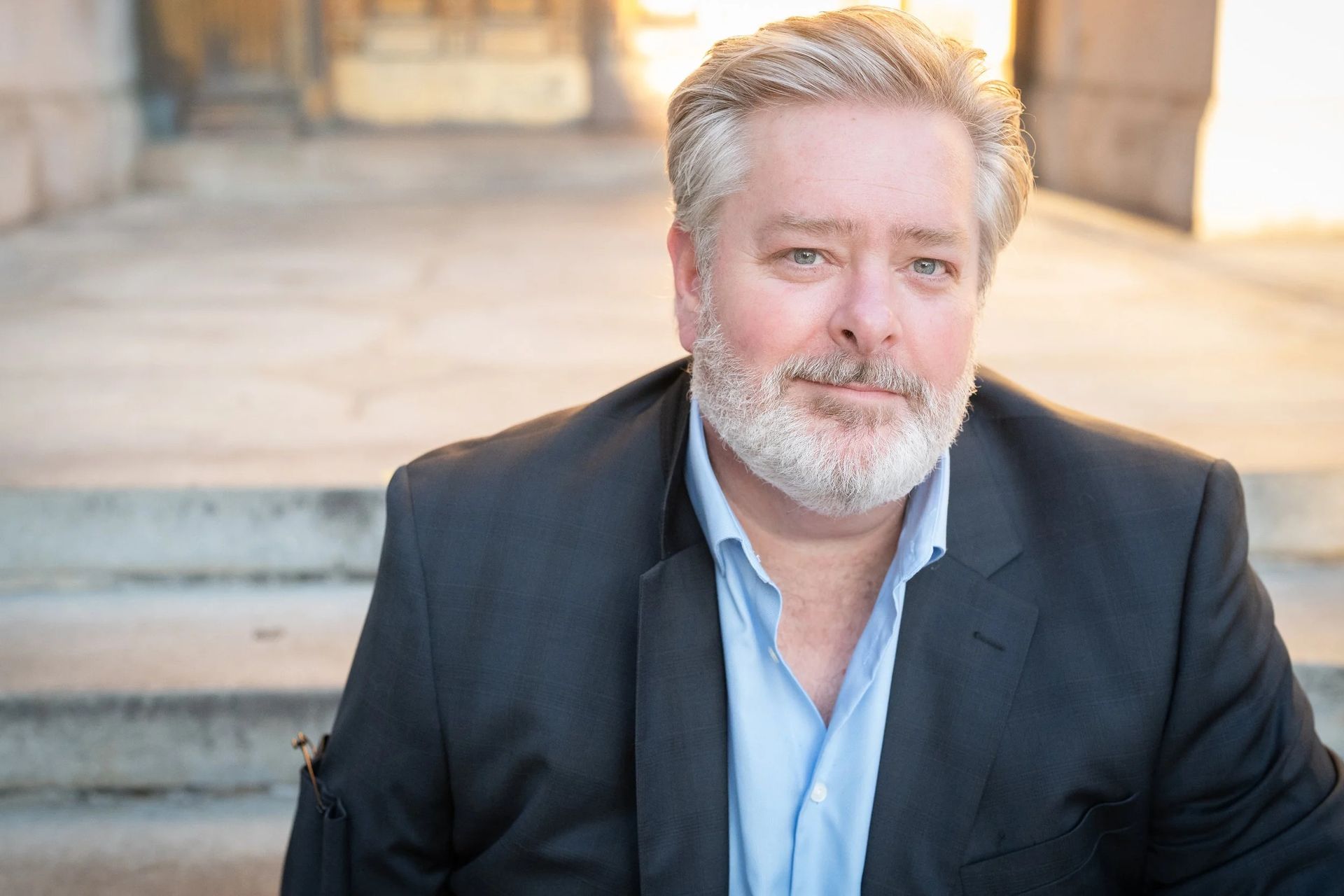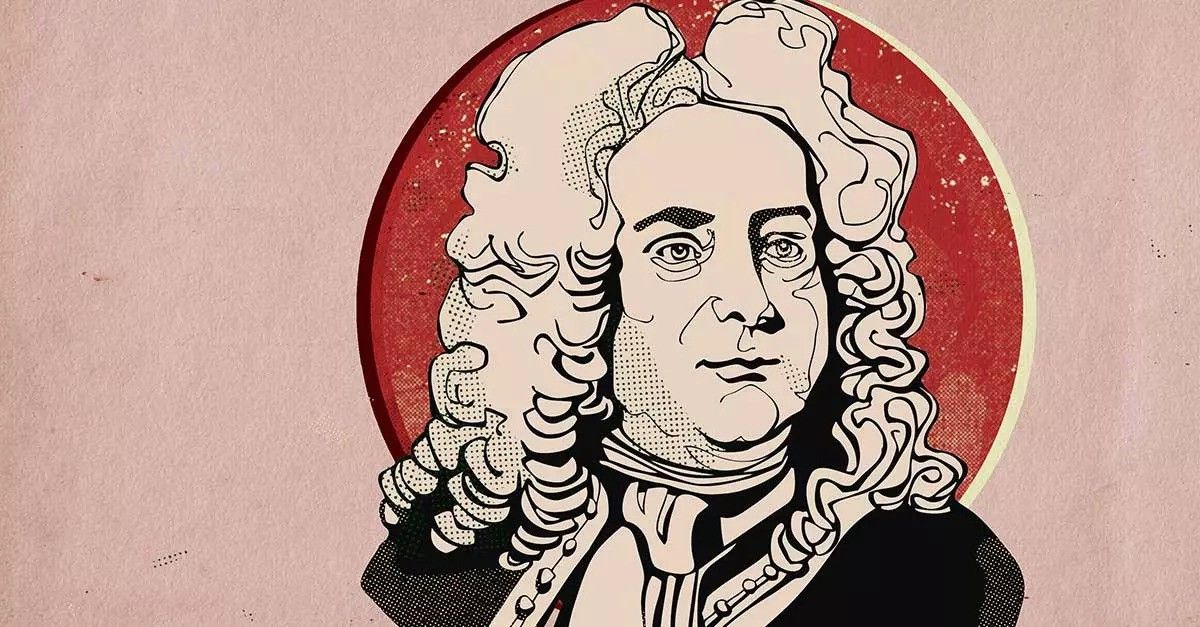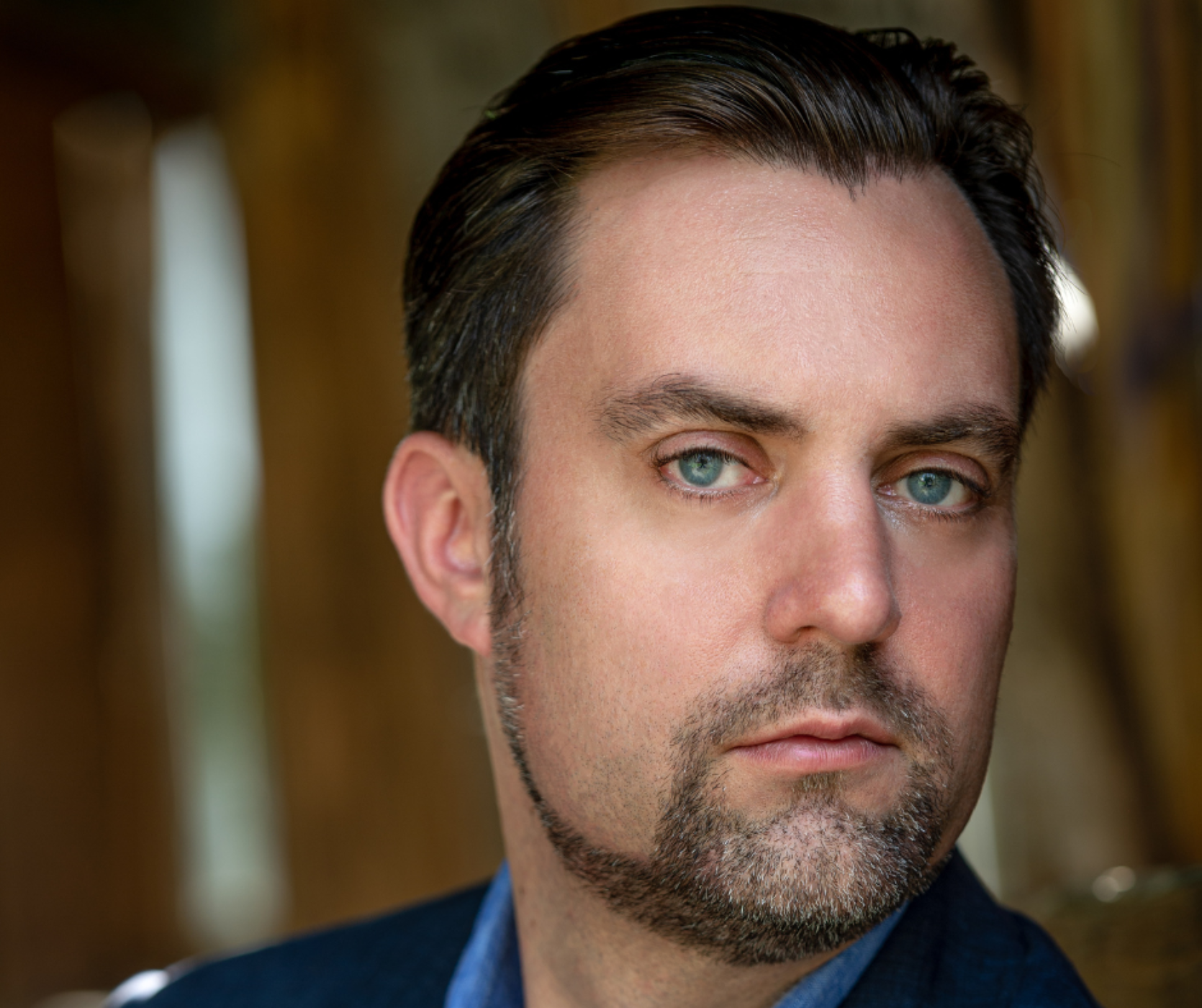THE STORY BEHIND: Beethoven's Piano Concerto No.4
Share
On June 1, conductor Tito Muñoz and the Rhode Island Philharmonic Orchestra will present BEETHOVEN & BRONFMAN: A ONE-NIGHT GALA EVENT with pianist Yefim Bronfman.

Title:
Piano Concerto No.4, op.58, G major
Composer: Ludwig van Beethoven (1770-1827)
Last time performed by the Rhode Island Philharmonic:
Last performed November 15, 2008 with Larry Rachleff conducting and soloist Jeremy Denk. In addition to a solo piano, this piece is scored for flute, two oboes, two clarinets, two bassoons, two horns, two trumpets, timpani and strings.
The Story: Sandwiched between the
Appassionata
Piano Sonata and the three “Rasumovsky” String Quartets (but not far from the Violin Concerto and the Fourth Symphony) comes the opus number of Fourth Piano Concerto by Ludwig van Beethoven. Completed in 1808, the concerto originated in a period of great creative fertility, and it represented Beethoven’s first completely mature essay in the piano concerto idiom. The composer dedicated it to Archduke Rudolf, but he did not intend for that musical amateur to perform it. Beethoven himself premiered the work as part of a famous long-winded concert of December 22, 1808, an evening that also included premieres of the Fifth and Sixth Symphonies.
The standard for concertos in Beethoven’s day was that the orchestra starts the first movement, and after a little while, the soloist plays (rather like waiting royalty to arrive). Beethoven’s G Major Concerto was only the second in history in which the soloist plays at the opening (the first was by Mozart). It has been said that Beethoven’s opening piano solo reflects his own practice of improvising. If so, the orchestra is also improvising, for the strings answer in a remote key, but skillfully working back to the home key. This musical idea is a close cousin of the famous rhythmic motto in Beethoven’s Fifth Symphony ( . . . — ), though the mood of the concerto is entirely different. A few more themes are introduced, and then, according to analyst Donald Tovey, Beethoven “is free to raise his edifice to heights undreamt of in earlier music.” Another standard of the time was that the soloist was supposed to invent a long solo passage near the end of the first and last movements (the “cadenzas”). However, Beethoven the revolutionary changed that, too, and so we can hear his authentic, which put the finishing touches on these movements.
The brief Andante con moto is the final chapter in the Classic Period’s aesthetic polar struggle — between masculine and feminine, action and meditation, power and charm. Here, as in an opera aria, the gentle soloist gradually quells the tempestuous string section, opening the way to the quiet but rhythmically potent opening of the finale.
Despite the finale’s obvious exuberance and good humor, it nonetheless balances the first movement in nobility and serene grace. Beethoven also matches the virtuosity of the first movement. Following the cadenza, the soloist’s plethora of trills breaks open a sumptuous concluding section that gathers momentum until the piano propels the music into its high-spirited final chords.
Program Notes by Dr. Michael Fink © 2023 ALL RIGHTS RESERVED
Tickets start at $35! Click HERE or call 401-248-7000 to purchase today!







